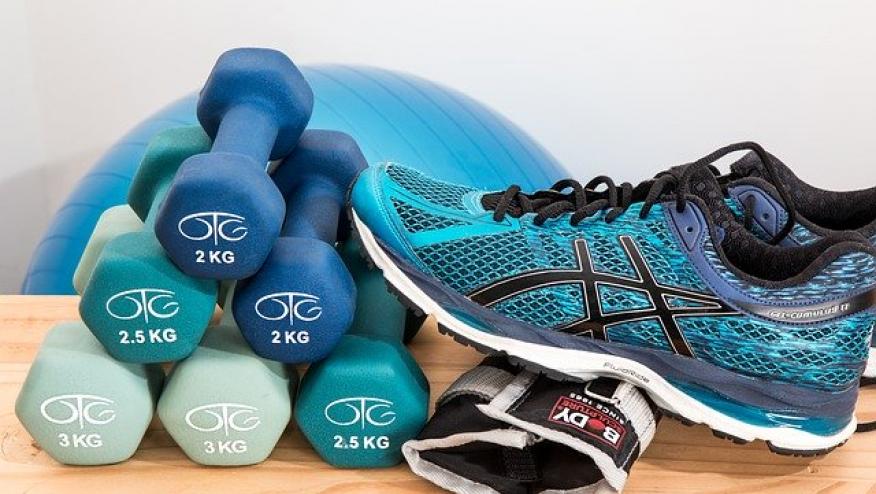High- Versus Low-Dose Exercise Therapy for Knee Osteoarthritis Save

Exercise is known to improve function, pain and quality of life (QOL) in patients with knee osteoarthritis (KOA), but optimal amount of exercise is unknown. The Annals of Internal medicine has reported the results of high-dose versus low-dose exercise therapy demonstrating no benefits from more intense exercise.
This multicenter randomized controlled superiority trial compared outcomes (pain, function, QOL) at 3 month intervals over 12 months. The primary outcome was the Knee Injury and Osteoarthritis Outcome Score (KOOS) between groups at the end of the intervention (3 months). There was control, no-exercise group.
A total of 189 KOA patients were assigned to high-dose exercise therapy (n = 98; 11 exercises; 70 to 90 minutes) or low-dose exercise therapy (n = 91; 5 exercises; 20 to 30 minutes). Global (aerobic), semiglobal (multisegmental), and local (joint-specific) exercises were performed 3 times a week for 12 weeks under supervision of a physiotherapist.
The one exception showed differences in KOOS score for function in sports and recreation, where high-dose therapy was superior at 6- and 12-month follow-up.
The results show 6 and 12 month benefits with both moderate and more intense exercise, with no difference between except for benefits to high-dose exercise for knee function in sports and recreation and for QoL.










If you are a health practitioner, you may Login/Register to comment.
Due to the nature of these comment forums, only health practitioners are allowed to comment at this time.